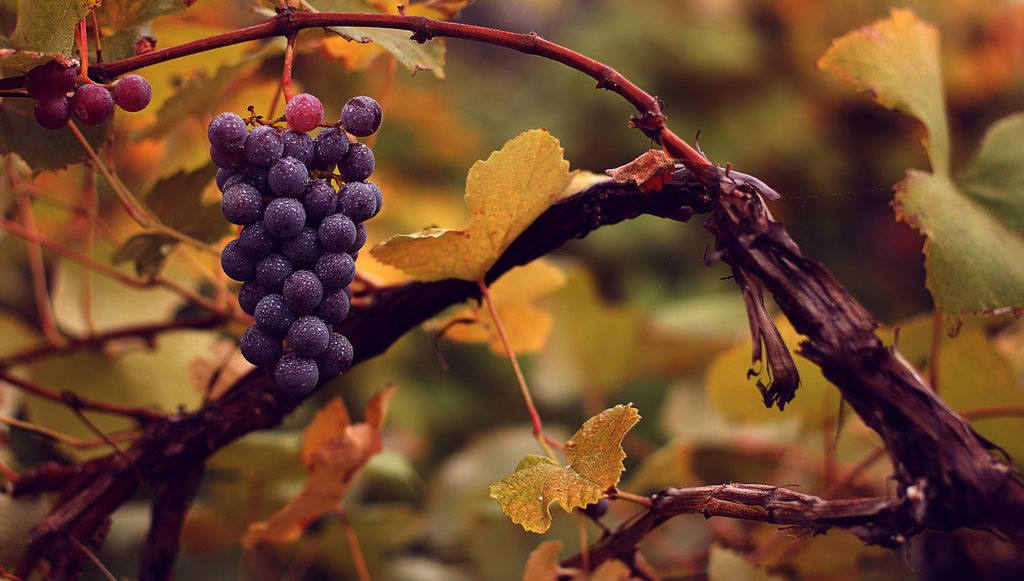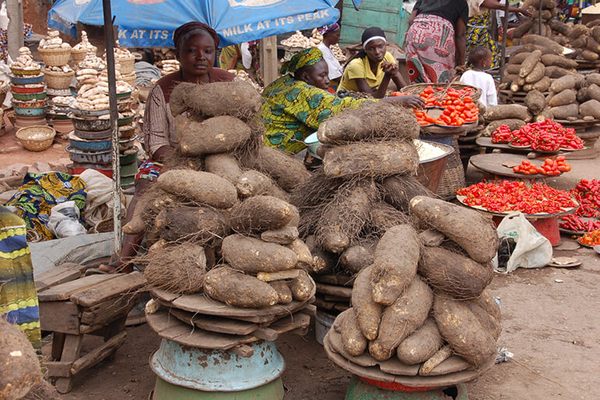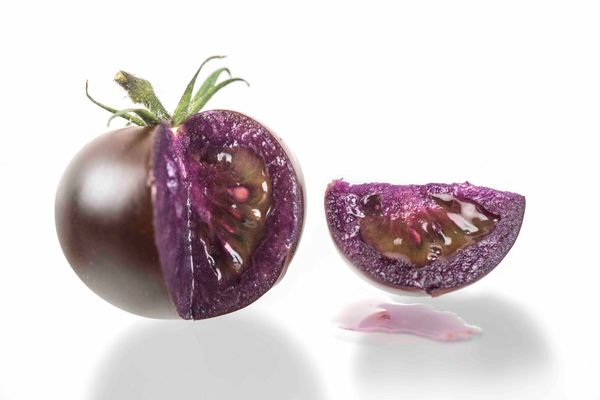Scientists Look to the Grape Genome for Clues About Its Past
Domestication turned out pretty well for grapes, and for us.

Humans have managed to do some smart things over the millennia, and domesticating grapes for winemaking is certainly one of them. We managed to turn a small, tough-skinned fruit into the most important horticultural crop in the world—the 2014 harvest worldwide was worth about $69.2 billion. But scientists aren’t entirely sure when exactly we managed to domesticate the wild Eurasian grape, though archaeological evidence suggests it happened around 8,000 years ago in western Asia. A new genetic analysis of wild and domesticated grapes offers up more clues about the history of the fruit, and what its future may look like.
Researchers from University of California, Irvine and University of California, Davis compared the sequenced genomes of wild and domesticated Eurasian grapes. They found that the domesticated subspecies diverged from its wild cousins rather quickly around 22,000 years ago, and then went into a long, drawn out population decline. It’s hard to know exactly what caused this decline, but it might have been “low-intensity management by humans,” some kind of management between gathering and full-on horticulture. Climate change or a quirk of population structure might also have been involved. “This decline culminated in a weak bottleneck,” write the scientists in their report, in which the overall genetic diversity of grapes declined, right around the time people began to cultivate them. The team was surprised to find that the grape population size didn’t expand again after it was domesticated, which means humans didn’t suddenly start a bunch of vineyards. But compared to other crops, grapes still have a lot of residual genetic diversity—hence all the bewildering options at the wine store.
The analysis also looked at which genes set the domesticated grapes apart from their wild cousins. Genes involved with berry ripening and softness, and the timing of flowering, appear to be major differences, along with genes governing the sex of the plant. Wild grapes have separate male and female plants, while domesticated plants have fertile male and female organs in every flower and rely on pollinators. They also found that the domesticated grape’s genome contains some harmful mutations—not unusual for a plant usually grown from clones—but they don’t seem to affect the grape’s hardiness. Domestication of grapes appears to have been a win-win.
Gastro Obscura covers the world’s most wondrous food and drink.
Sign up for our email, delivered twice a week.





































Follow us on Twitter to get the latest on the world's hidden wonders.
Like us on Facebook to get the latest on the world's hidden wonders.
Follow us on Twitter Like us on Facebook